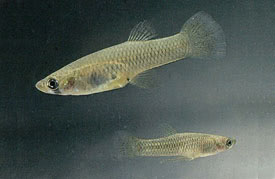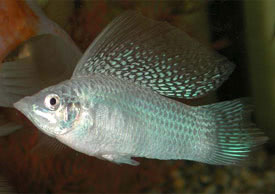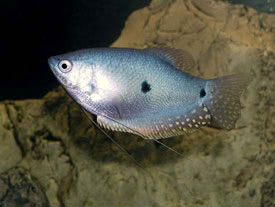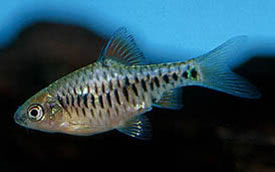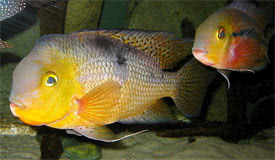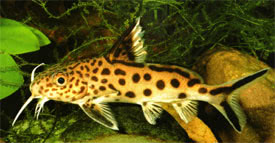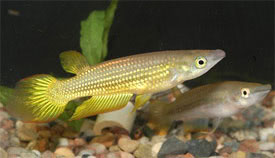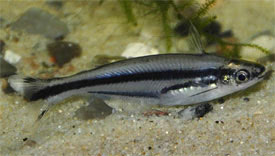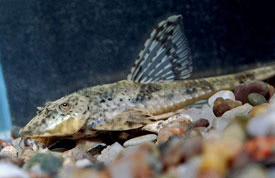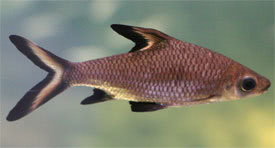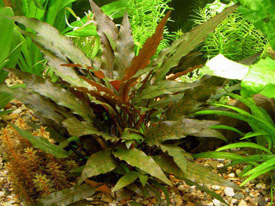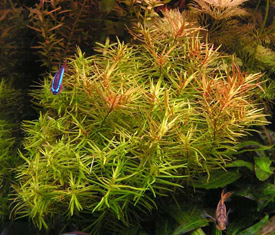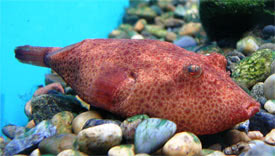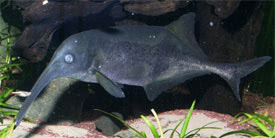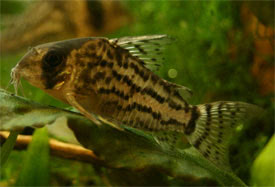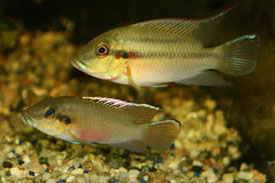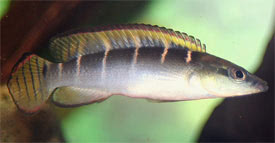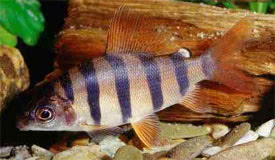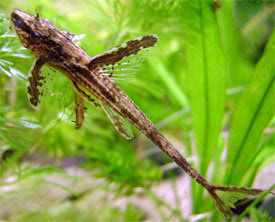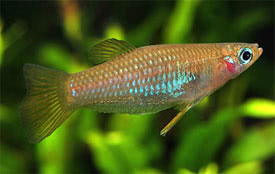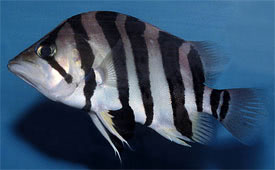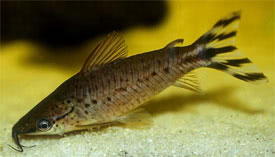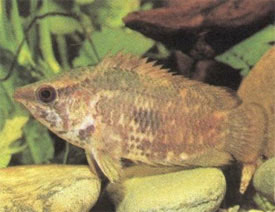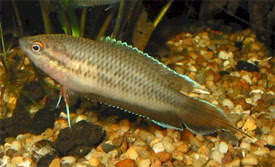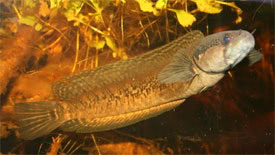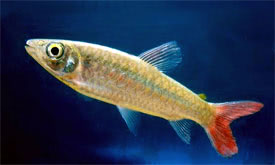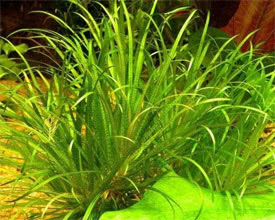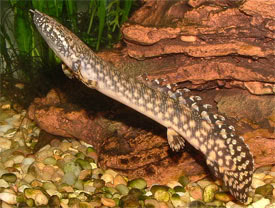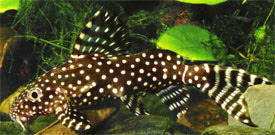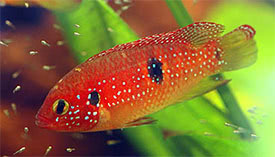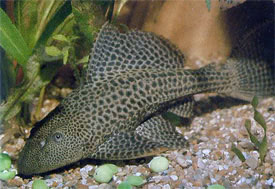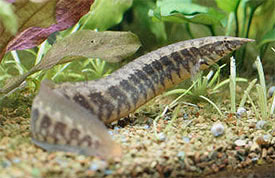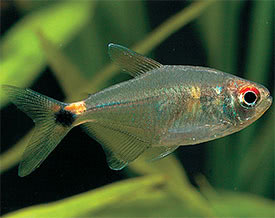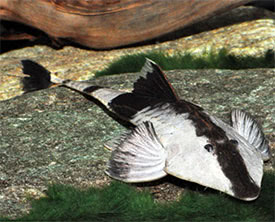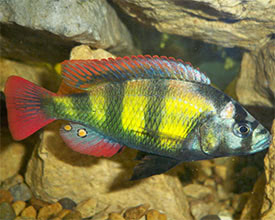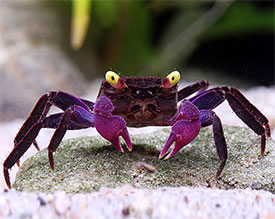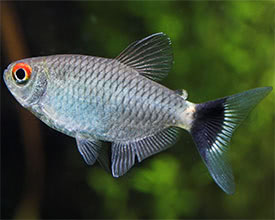
 Magyarul / Hungarian
Magyarul / Hungarian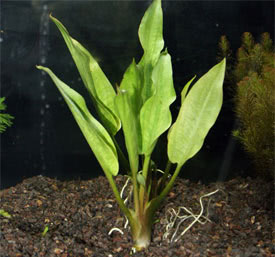


- Scientific name: Cryptocoryne ciliata
- Synonym: Ambrosina ciliaris, Ambrosina ciliata, Arum ciliatum, Cryptocoryne alata, Cryptocoryne elata
- Common name: Crypt Ciliata
- Family: Araceae
- Group: Aquarium plants
- Max height: 50 cm
- Distribution: Asia; widely distributed in Asia, from India to New Guinea.
- Habitat: Found in freshwater marshes or brackish water in tidal zones in muddy soil.
- Substrate: Nutrient rich substrate or iron-rich clay
- Placement in aquarium: Midground in higher tanks, background in medium-sized tanks.
- Planting density: 1 plant for 40 cm2
- Lighting needs: Strong
- Temperature: 22-28 °C
- pH: 6-8
- Hardness: 5-20 NK°
Description: Because of its vast natural range, this plant has produced several distinct varieties in which both the length and width of the leaves can vary. Basically the leaves are lenceolate to board lenceolate in shape and form. Most leaves are 3-5 cm wide and 15-25 cm long, pale to mid green in color. The edges may be slightly wavy. Very large-growing, but slow growing Cryptocoryne is usable only in high aquariums. Cryptocoryne ciliata produces usually 4-8 new leaves per year. It grows in emersed (50-90 cm tall) or submersed (50 cm tall) conditions. Cryptocoryne ciliata is suitable for the planting of both freshwater and brackish water aquariums, as well as for the keeping in paludariums. For cultivation in the aquarium, the substrate has to be rich in nutrients and a well-illuminated location is recommended. All Cryptocoryne species require stable water parameters and light conditions, or the plant may response with the famous 'Crypt Melt' where the leaves get holes in them and the plant collapses. It generally takes up to 30 days for a crypt to become established. Propagation is possible by rhizome runners that produce young plants at intervals of about 10 cm. The plant is much easier and quicker to propagate when grown emersed.





